
The Vidar was announced back in late 2016, but has just begun shipping- the same week that the first Tesla Model 3's go to owners. While I wouldn't claim that the importance or impact of these events on the world at large is equivalent, it just might be that it is that important to Schitt, especially after the sometimes mixed reception to their high end integrated, the Ragnorak. That unit appears to be a fine sounding component, but the behavior of it's micro controller bias system left John Atkinson at Stereophile scratching his head, because while it may have been well optimized for most music signals, it behaved very strangely with continuous test signal, with bias levels dropping and distortion rising.
The Vidar retains microprocessor control for many functions, but incorporates a more conventional bias control. What's more, it follows a system configuration that I rather like, with the ability to operate either as a small stereo amplifier (100W/ch at 8 Ohm, 200W/channel at 4) or as a balanced amplifier driven by out of phase XLR signals, delivering up to 400W at 8 ohms. The power ratings remind me of the Benchmark AHB2, but the size and weight are in a different class, as there isn't a switch mode power supply, just a standard class AB with linear diode bridge to capacitor supply. There are reputed to be some tricks in the circuitry, inlacing the use of a current feedback gain topology, and three sets of output devices are used in each channel.
The casework and build quality are pretty typical Schitt; quality execution of a very simple design that minimizes the number of parts and cost.


Steve Manning seemed to think it was somewhat reprehensible that I took one of them apart instead of listening to it, but we all get our kicks in different ways...

Test data has been taken and will be posted soon- gotta walk the dog for now, and get ready for a busy Monday... Stay tuned.
And no, I haven't had a chance to listen to them- I don't even have a system setup these days, because of all that has been going on.
BTW, the Freya is back from storage and will get tested soon, too!

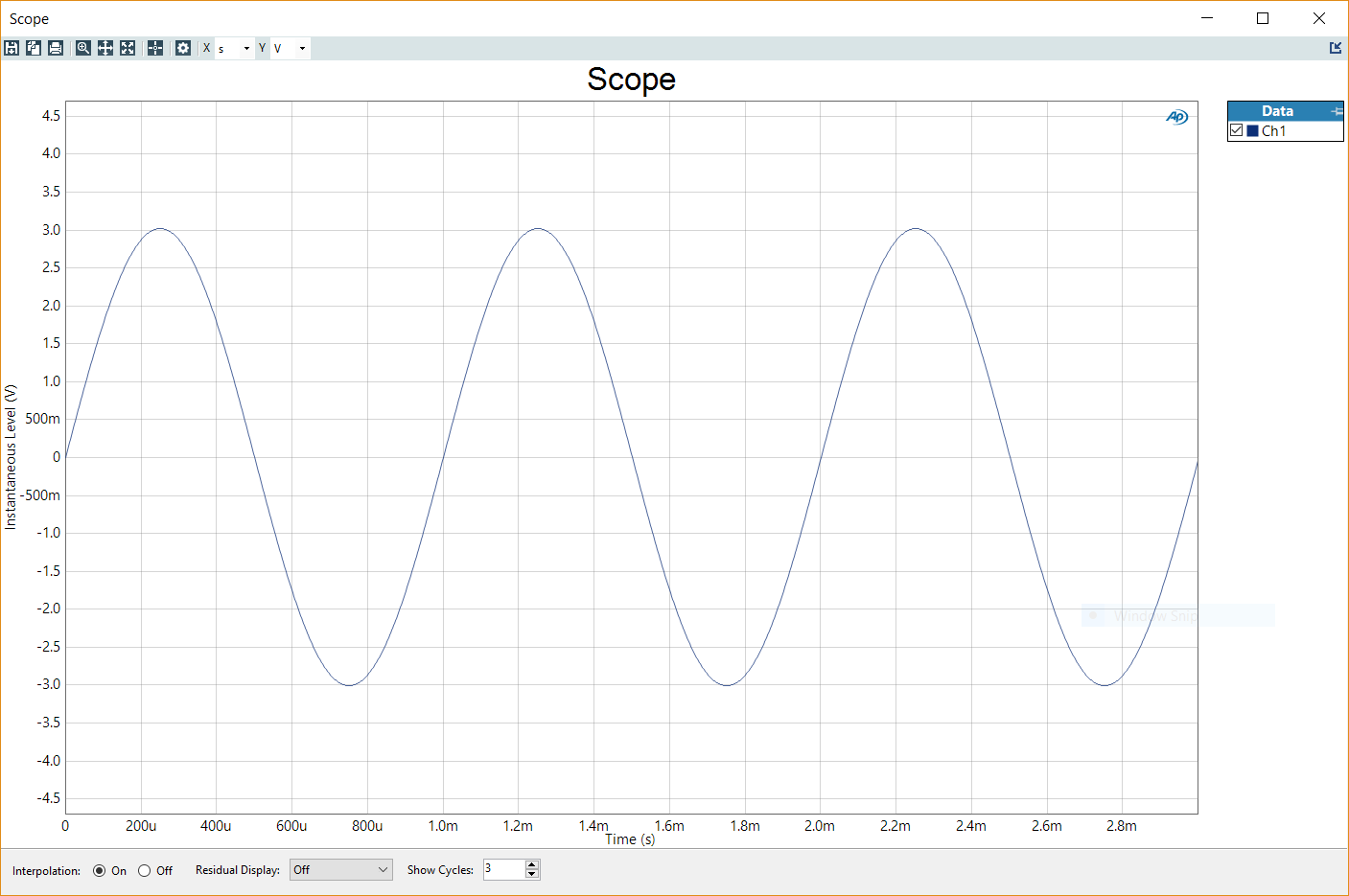

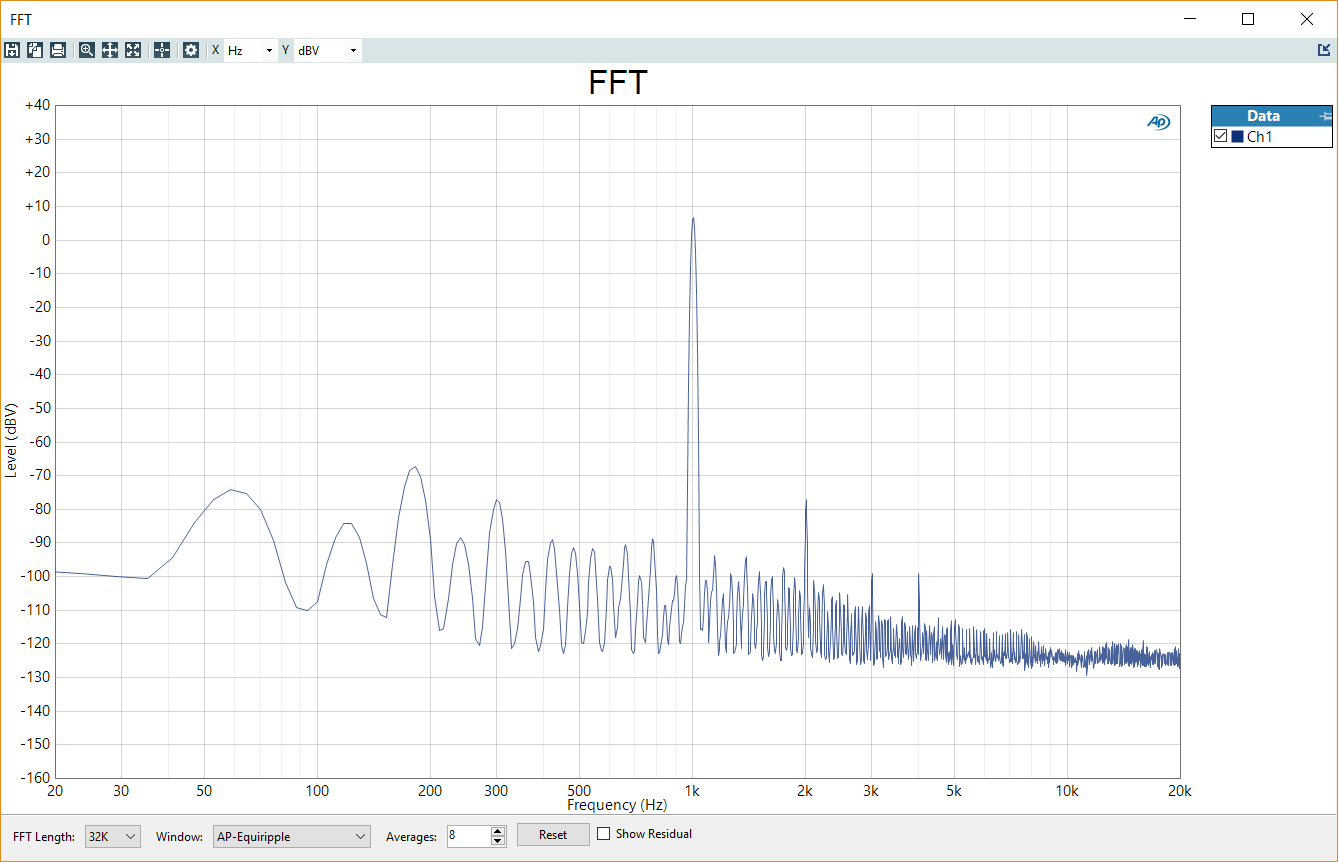
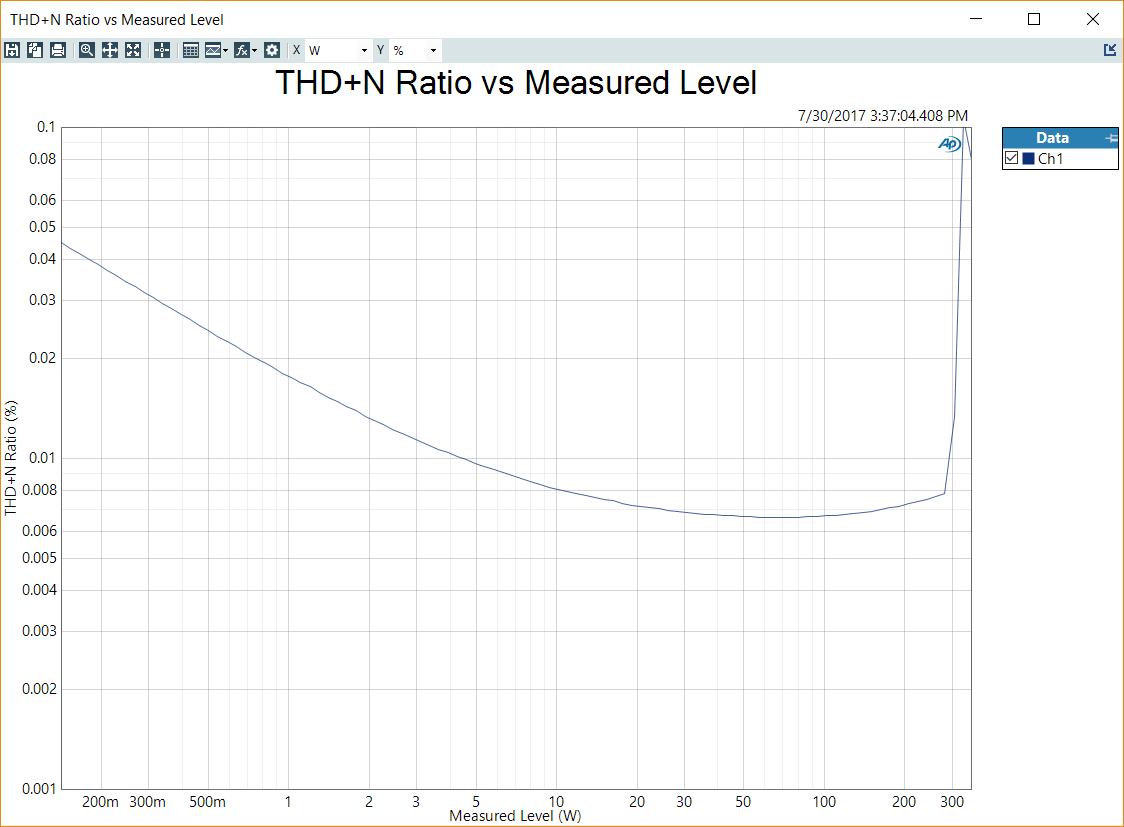
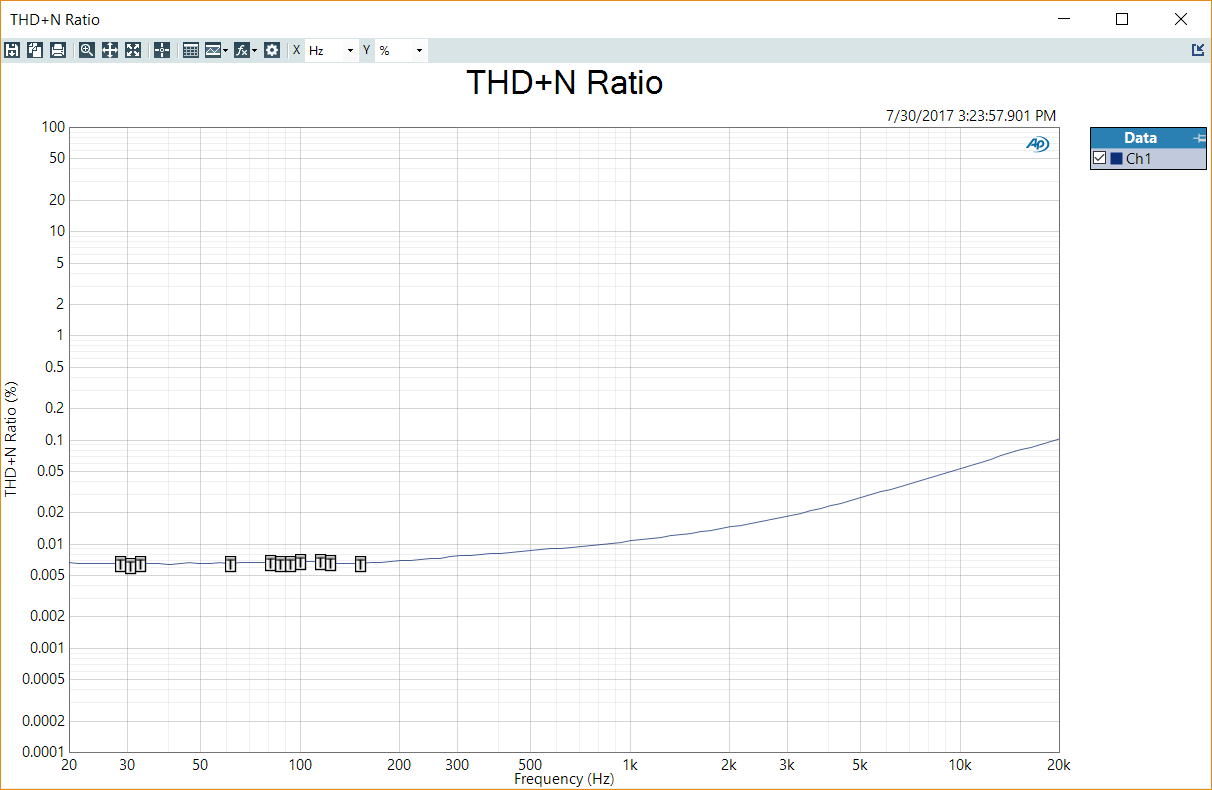


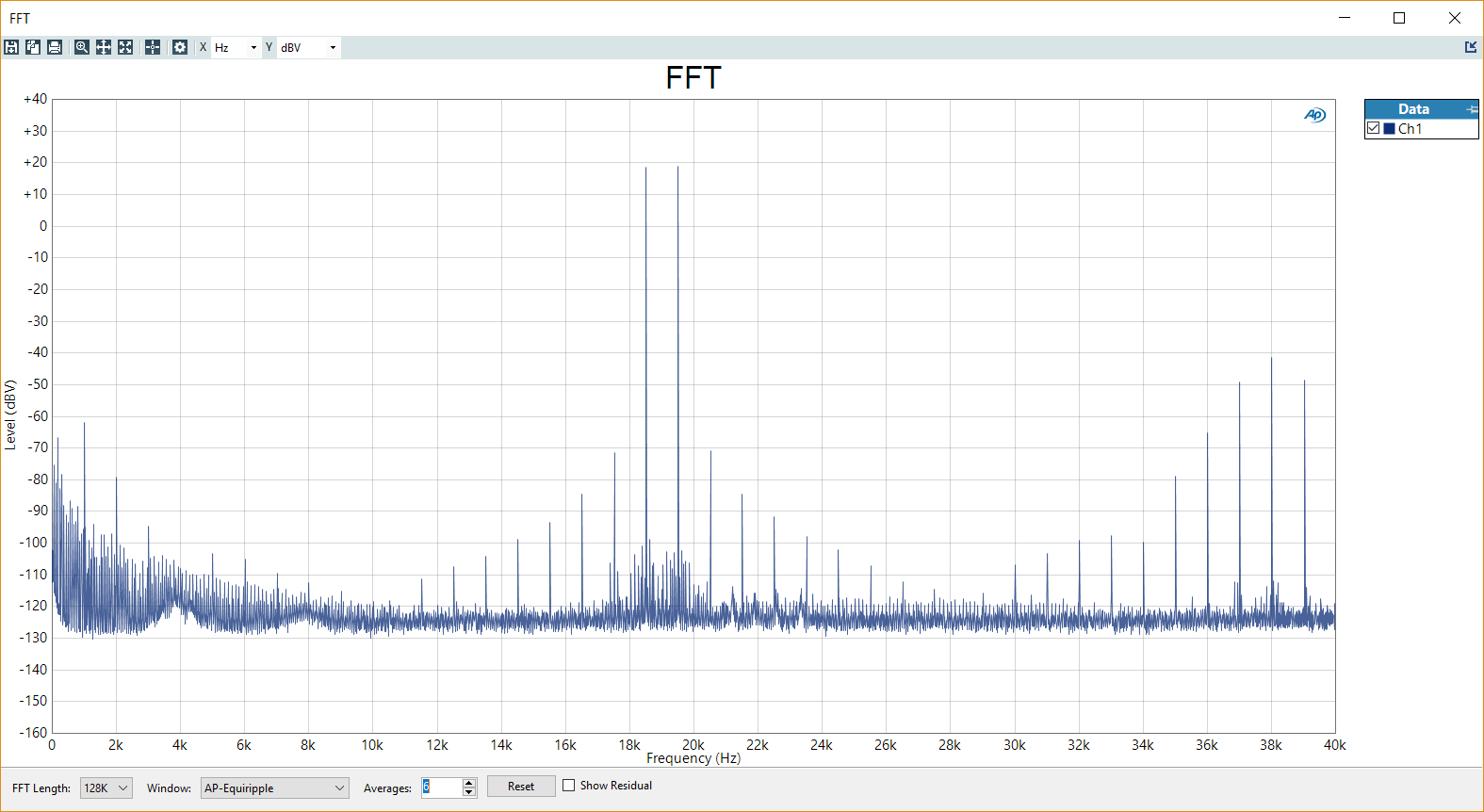
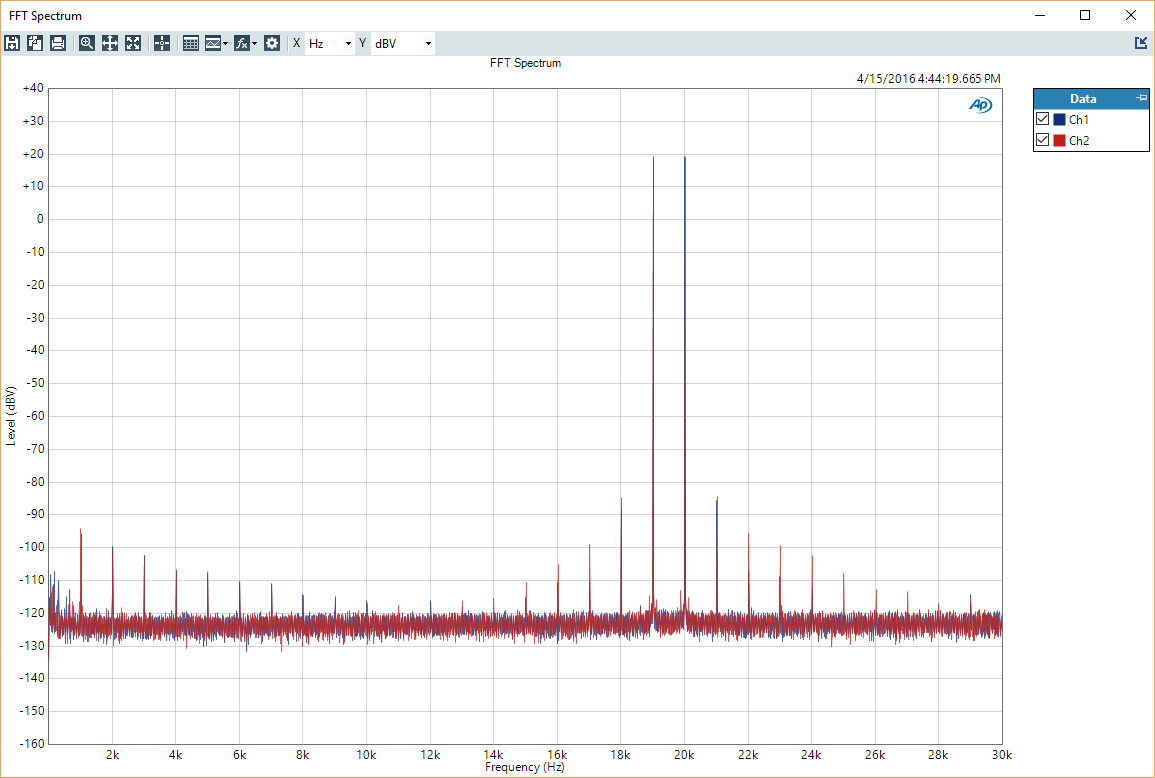
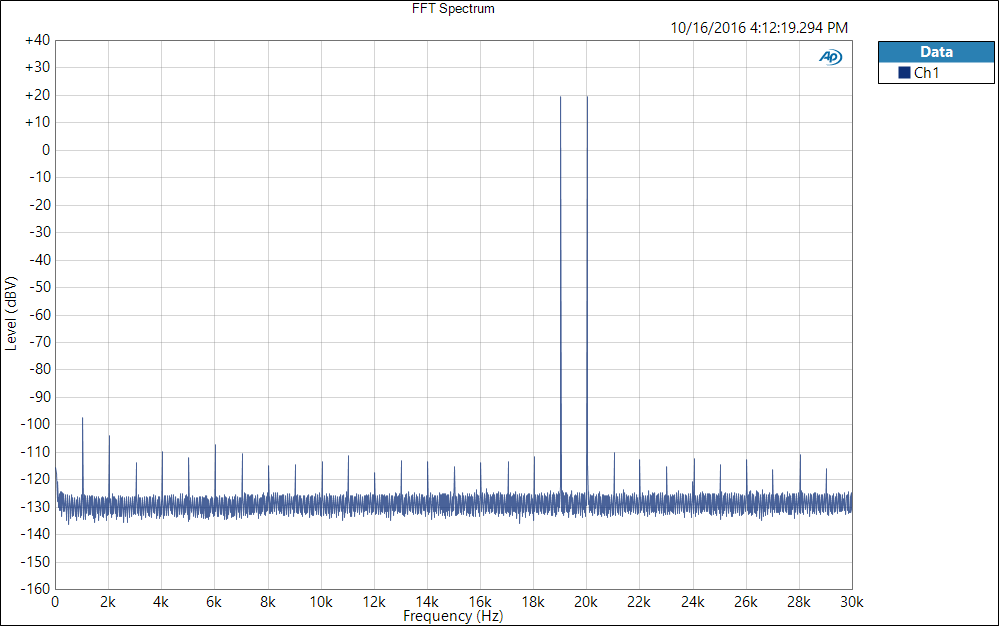
Comment